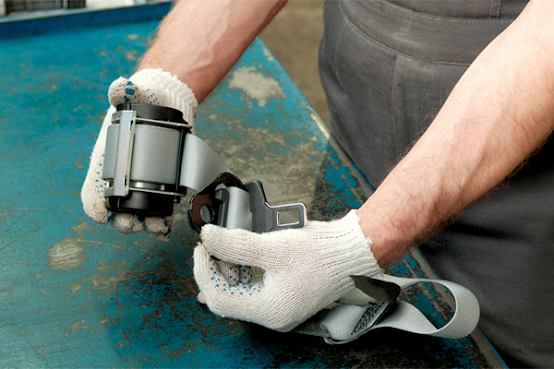What’s the Difference Between Wheel Alignment and Wheel Balancing
Your wheels need to move straight, point in a similar heading and be equally adjusted right around all together for your vehicle to drive as it ought to and give a smooth ride to your objective. These administrations are known as “wheel balancing” and “wheel alignment”. On the off chance that you own a vehicle, you’ve likely found out about the significance of wheel alignment and wheel balancing. Both of these administrations broaden tire life and further develop taking care of execution, yet they shouldn’t be mistaken for the same thing!
Anyway, what is the contrast between wheel alignment and wheel balancing? Continue to peruse to discover.
What are wheel alignment and balancing?
Wheel Alignment
A wheel alignment alludes to a change of your vehicle’s suspension (the framework that interfaces a vehicle to its wheels) to ensure the wheels are situated effectively comparative with the street.
There are three sorts of points changed during a wheel alignment:
Camber: The internal or outward point of the tire when seen from the front of the vehicle.
Toe: The internal or outward point of the tire when seen from over the vehicle.
Caster: The point of the controlling pivot when seen from the side of the vehicle.
Try not to disparage the significance of tire alignment. Without the correct alignment, your wheels will oppose directing orders and your tires will wear unevenly. Standard alignments will assist your tires with playing out awesome of their capacity and last longer.
Wheel Balancing
Wheel balancing alludes to a change of any weight uneven characters in a tire/wheel. An out-of-balance tire causes a precarious, lopsided ride. Whenever left untreated, this lopsided dispersion of strain and weight builds the mileage on your tires, constraining you to supplant them more frequently than needed.
To adjust your tires, a professional will get off the wheels from the vehicle and put them onto an extraordinary balancing machine. The machine turns the tire at high velocities to figure out where there are lopsided characteristics. Then, at that point, the expert mounts little wheel loads to the tire and wheel gathering to address the uneven characters.
What causes misalignment or uneven tires?
Wheel Alignment
- Potholes
- Jostling impacts (hitting a control, minor collisions)
- Typical mileage
- Forceful driving
- Substantial burdens
- Worn/supplanted suspension parts
- Jumbled tires
Wheel Balancing
- Typical tire wear and defects
- Destroyed suspension parts
- Abrupt affects
What are the side effects?
Wheel Alignment
- Your vehicle pulls/floats left or right.
- An uncommon draw aside or the other when you’re driving on a straight, level street.
- You feel your guiding wheel vibrating.
- You are driving straight yet your controlling wheel isn’t focused.
- You notice lopsided tire wear:
- Sawteeth: Feel your tire. Does the sensation help you to remember saw teeth?
- Padding: Do you see scraping across your tire track, or smooth sides rotating with sharp sides?
- Uneven shoulder wear: If you notice that one side of your tire is wearing out quicker than the tire, all in all, this is uneven shoulder wear.
Wheel Balancing
- An out-of-balance wheel will make vibrations that increment as the vehicle accelerates.
- If you feel the vibration for the most part in the directing wheel, the issue is no doubt in the front wheel.
- If the vibration is for the most part in the seat, the issue is likely in the back.
- Sporadic track wear design.
- An out-of-balance tire may have scalloped or measured wear designs.
If you detect any discomfort or symptoms while driving, seek help from the professionals nearby.
How regularly would it be advisable for you to make it happen?
Like most vehicle support administrations, there is no outright response to how frequently you ought to get an alignment or tire balance. There are a ton of elements to consider, including how habitually you drive your vehicle, the nature of the streets you drive on, and the nature of your tires.
You ought to consistently take a look at your vehicle proprietor’s manual to discover what the producer suggests. In any case, for the most part, wheel balancing is regularly required more frequently than wheel alignment.
A decent guideline is to have your wheel alignment and equilibrium look at each 12,000–15,000 miles or one time per year (except if you’ve got a Road Force Balance administration). You ought to likewise have your alignment looked at and wheels adjusted whenever you put in new tires. Doing as such will assist you with eliminating exorbitant fixes and fuel expenses and give you true serenity out and about.
Bottom Line
They might sound similar, which is why a new car owner usually gets confused regarding what’s the difference between wheel alignment and wheel balancing. For safe driving, both alignment and balancing need to be in the right form. A slight shift can cause harm to you as well as others on the road. For safe driving, seek help from professionals to avoid any accidents!..( continue reading )







Comments
Post a Comment